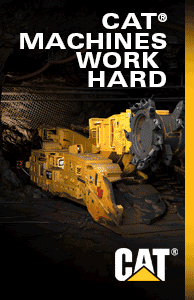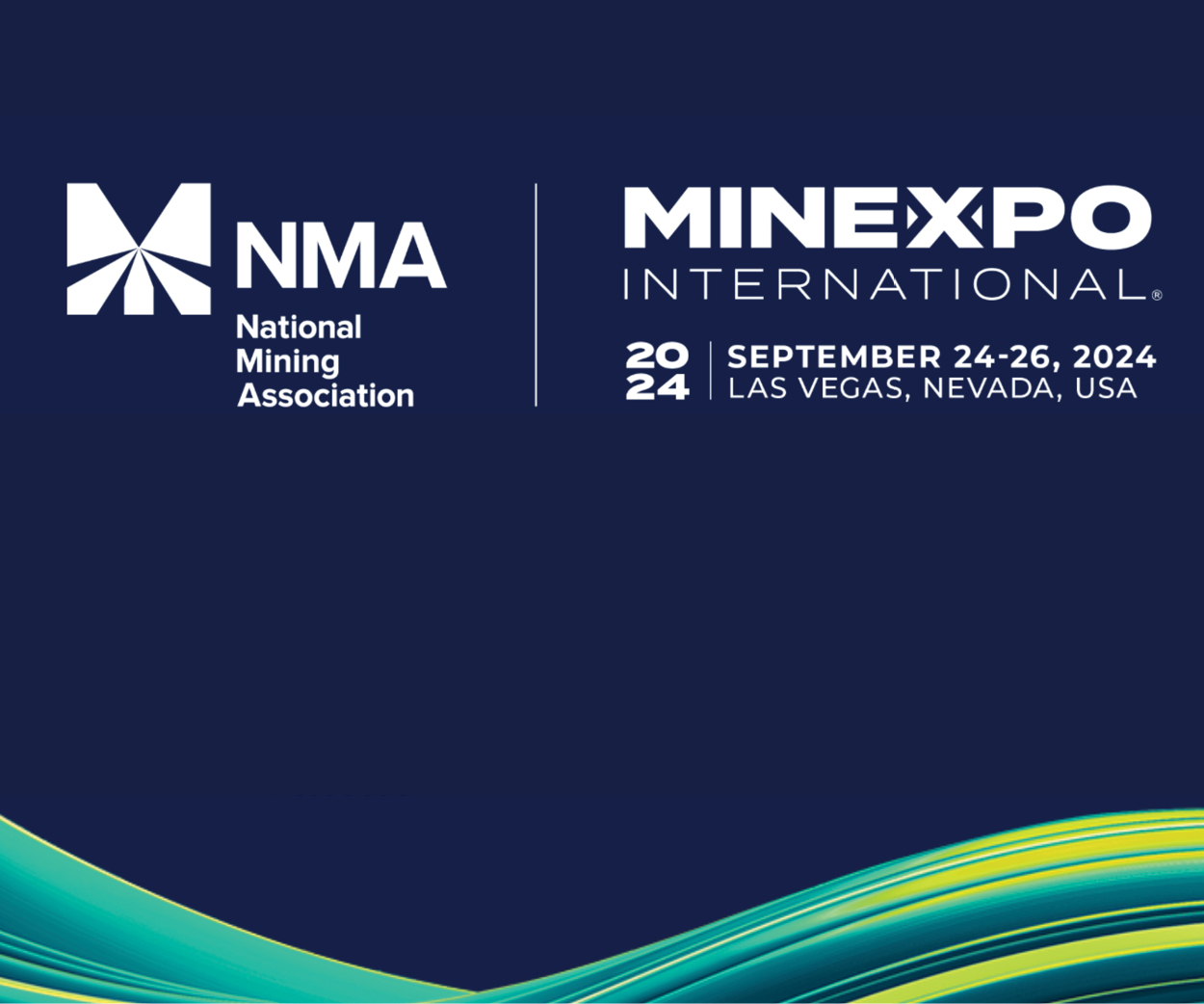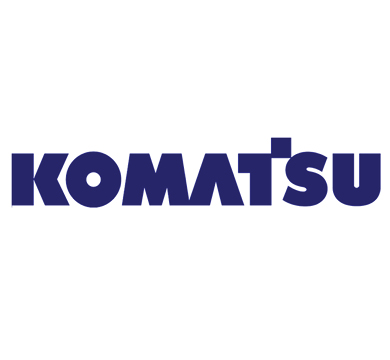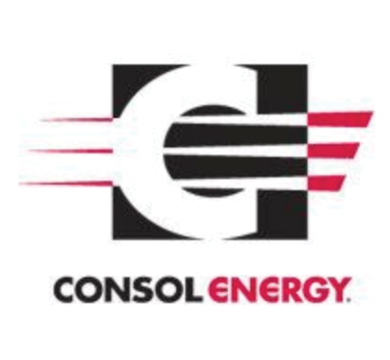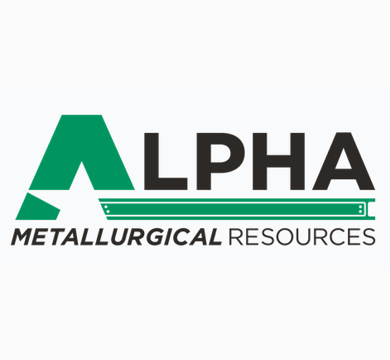Lighthouse Resources Ceases Operations at Decker Coal Mine, Montana
A Powder River Basin coal mine has closed down for the first time in modern history. At the end of January, mining ceased at the Decker coal mine in Montana after the owner of the mine filed for bankruptcy late last year.
Home to some of the world’s largest mines, the Powder River Basin is the epicenter for coal production in the country. But a dramatic decline in thermal coal demand has left many companies in trouble.
Coal firm Lighthouse Resources owns the Decker mine in Montana’s Big Horn County, just north of Wyoming’s border. A majority of the mine’s workers live in Wyoming. The parent company filed for Chapter 11 bankruptcy in December, citing dismal market conditions for coal. Continuing to operate the surface coal mine was no longer economically feasible, it stated in court filings.
But before the doors of the Decker coal mine officially shutter for good, the company needs to send out the last shipments of coal, clean up the mining site, and settle outstanding obligations to its workers. A battle over the details is now playing out in federal bankruptcy court.
Bid to Shed Worker Benefits
Upon filing for bankruptcy on Dec. 3, the company laid off 76 workers at the Decker mine. That left 28 active union employees and nine furloughed union employees. An additional 18 non-union employees held manager or administrative positions.
But by Jan. 22, the company had stopped mining for coal and kept on only four union workers at the facility, according to court documents.
Over the last two months, the company claims it has been negotiating with the United Mine Workers of America over an amended contract agreement.
But as negotiations slogged on, Lighthouse Resources asked the U.S. Bankruptcy Court for the District of Delaware on Jan. 20 for approval to reject the collective bargaining agreement struck with the union in 2012.
That would allow the coal company to shed its remaining pension and medical obligations promised to union employees.
The company maintains that eliminating these remaining worker liabilities is the only way to save enough money to complete reclamation, or cleanup, at the mine site.
The union, in turn, has threatened to strike.
The United Mine Workers of America requested that the court block the coal company’s request to exit its union contract. Union representatives outlined how negotiations with the coal firm over a new agreement had been “hollow” and not carried out in “good faith.”
“Given the current proposal, the (United Mine Workers of America) employees may be left with no choice but to exercise their right to strike,” the union said in a Jan. 27 court filings.
“The modification of the (collective bargaining agreement) will create a substantial hardship for the (union) employees and their families who have labored for years at these facilities,” the union added.
As of Friday, the union and attorneys for Lighthouse Resources are still in negotiations over the contract, according to Michael Dalpiaz, vice president of District No. 22 for United Mine Workers of America.
Lighthouse Resources declined to comment for this story. But in court documents, attorneys for the company defended its attempts to work with the union on finding a new deal.
“Debtors (Lighthouse Resources) have and continue to negotiate with (the union). The debtors’ proposal is not merely a ‘take-it or leave-it’ rejection of the 2012 CBA (collective bargaining agreement) or a ‘wish list’ of changes. The proposed modifications of the CBA are needed to ensure the viability of the proposed Reclamation Trust,” the company told the court in a Jan. 29 filing.
In other words, the company needs to divert funds originally dedicated to workers’ benefits to the mine cleanup fund instead.
“It’s just unfortunate that you’re pitting workers against reclamation. The company should be able to do both and fund both. They made commitments to do both,” said Shannon Anderson, staff attorney for the Powder River Basin Resource Council.
Meanwhile, exactly how or when the 12,000-acre surface mine will be cleaned up in Montana remains an open question. It’s unclear if the company will hire back former workers to complete reclamation.
The United Mine Workers of America are willing to put up a fight to protect workers, Dalpiaz asserted. He’s intent on keeping the collective bargaining agreement intact when the reclamation ramps up. He anticipates about 30 former workers will be hired back to complete remediation.
“Workers are not going to get screwed like they did in Gillette or Kentucky and every place else when companies file bankruptcies without a union,” Dalpiaz said.
Lighthouse Resources’ proposed bankruptcy plan would establish a reclamation trust to complete remediation at the mine.
When the coal firm filed for bankruptcy, it started looking for a new buyer of its coal export terminal project on the West Coast. But no buyer materialized. The lack of revenue from this venture and others could mean less money for creditors, reclamation and workers at the end of the day.
Montana Department of Environmental Quality confirmed coal mining was no longer taking place at the Decker facility, though some remaining coal would be shipped out in the near future.
“Once the bankruptcy is finalized and funds are released, reclamation activities will begin. The mine has reclamation plans and adequate bonding,” Moria Davin, a public relations specialist with the Montana agency, said in an email to the Star-Tribune.
Montana holds $126.4 million in bonds for the Decker mine.
Davin said the agency would also continue to complete inspection of the mine on a monthly basis.
Lighthouse Resources filed for Chapter 11 bankruptcy at the end of last year with over $256 million in secured debt. According to court filings, Lighthouse Resources owes Big Horn County in Montana over $6.9 million, the Montana Department of Revenue more than $4.4 million and the U.S. Department of Natural Resources Revenue about $3.3 million, in addition to hundreds of creditors.
Decker mine isn’t southern Montana’s first coal mine closure. Bull Mountain mine closed in 1998 before finding a new owner and reopening in 2004. It now operates as Signal Peak mine.
Lighthouse Resources will appear again in bankruptcy court for a hearing on Feb. 17.
Source: Casper Star Tribune
About Lighthouse Resources
Lighthouse Resources, Inc. is an integrated supply chain company delivering infrastructure and technology to meet the world’s growing and diverse energy needs. Its flagship project is the development of a trade route for coal from the Rocky Mountain region that provides a chief source of energy for Asia.
To stop by Lighthouse Resources’ website, CLICK HERE
Be in-the-know when you’re on-the-go!
FREE eNews delivery service to your email twice-weekly. With a focus on lead-driven news, our news service will help you develop new business contacts on an on-going basis.
CLICK HERE to register your email address.








